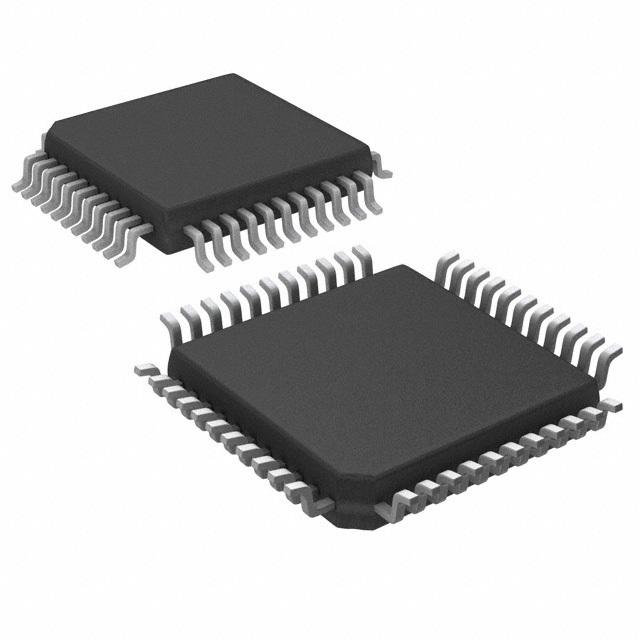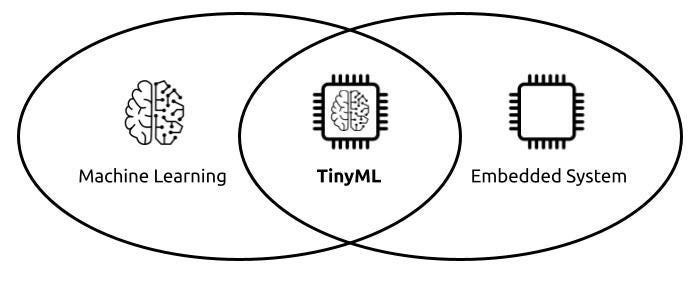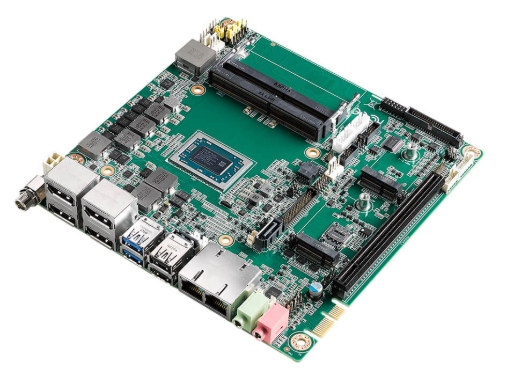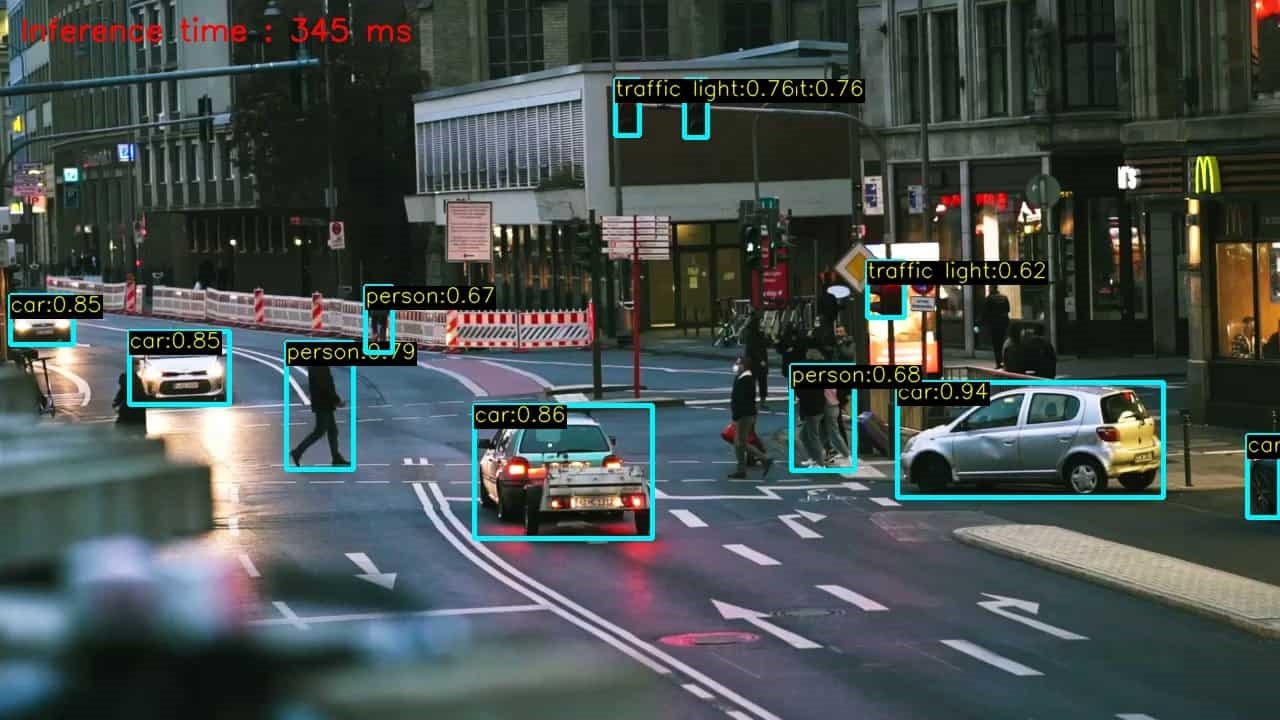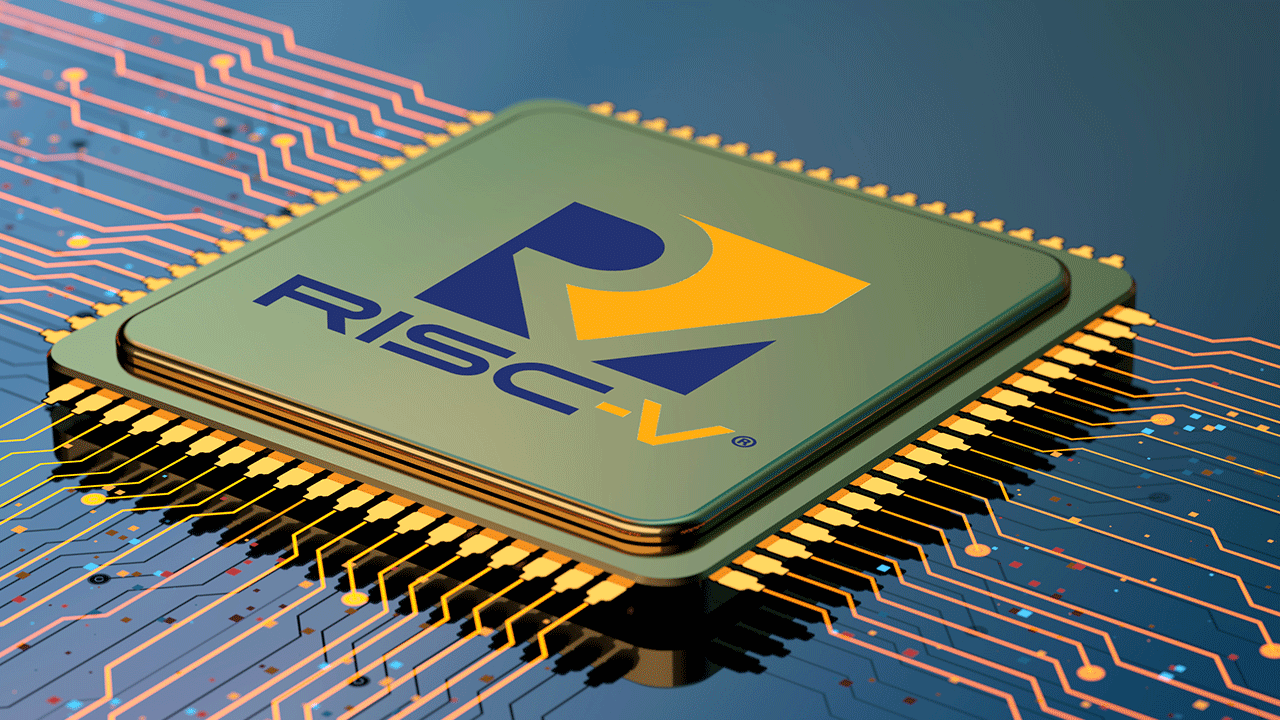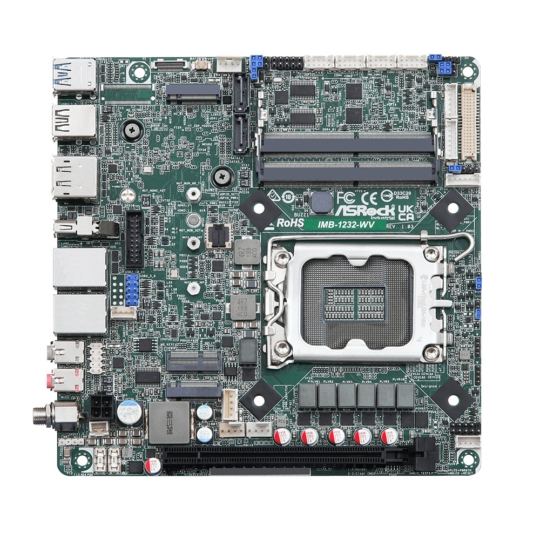Introduction
A microcontroller unit (MCU) is the core component of embedded systems, and its input/output (I/O) interfaces are the primary channels for data exchange with external devices. I/O interfaces not only perform data transfer but also affect overall system performance and reliability. This article examines common microcontroller I/O transfer methods: unconditional (synchronous) transfer, polling (conditional/asynchronous) transfer, interrupt-driven transfer, and direct memory access (DMA) transfer, providing practical guidance for embedded developers.
Basic Concepts of I/O Ports
An I/O port is the bridge for data exchange between a microcontroller and external devices. These ports are typically used to read external device states (for example, button inputs or sensor readings) or to send data to external devices (for example, driving LEDs or controlling motors). I/O ports can be configured as input or output to match different application requirements.
I/O Transfer Methods
1. Unconditional Transfer (Synchronous Transfer)
Unconditional transfer, also called synchronous transfer, is suitable when peripheral speed matches the microcontroller speed. In this mode, the MCU transmits data according to a predefined timing sequence without waiting for the peripheral to signal readiness. A common example is data exchange between the MCU and external memory. This method is simple and efficient when speeds are matched. However, if a peripheral is slower or has variable latency, unconditional transfer may cause data loss or errors.
2. Polling Transfer (Conditional/Asynchronous Transfer)
Polling transfer, also known as conditional or asynchronous transfer, is used when peripheral and MCU speeds do not match. The MCU repeatedly checks a peripheral status flag to determine whether the peripheral is ready. Once ready, the MCU performs the data transfer. Polling is general-purpose and easy to implement in hardware and software, but it consumes CPU time and reduces system efficiency. When many peripherals exist or transfers are frequent, polling can become impractical.
3. Interrupt-Driven Transfer
Interrupt-driven transfer uses the MCU interrupt mechanism and I/O interrupt capabilities to handle data transfer. When a peripheral is ready and issues a transfer request, the MCU interrupts the main program to run an interrupt service routine (ISR) for the transfer, then returns to the main program after the ISR completes. Interrupt-driven transfer improves system efficiency because the MCU can perform other tasks while waiting for peripherals. It also provides better real-time responsiveness. However, it introduces challenges such as interrupt priority conflicts and nesting, which require careful design.
4. DMA Transfer
Direct memory access (DMA) is a hardware-based transfer method. For large data transfers, the CPU can temporarily hand bus control to a DMA controller. Under DMA control, data moves directly between peripherals and memory without CPU intervention. DMA greatly increases transfer throughput and reduces CPU overhead. Not all microcontrollers support DMA; on devices without DMA, developers must use other transfer methods.
Choosing and Applying Transfer Methods
Selecting an I/O transfer method requires evaluating peripheral speed, data volume, and real-time requirements. Typical suitability:
- Unconditional transfer: suitable when peripheral and MCU speeds are similar, data volume is small, and real-time constraints are low.
- Polling transfer: suitable when peripherals are slow or have unpredictable latency, data volume is moderate, and strict real-time requirements are absent.
- Interrupt-driven transfer: suitable when peripherals can be fast or have variable latency, data volume is larger, and real-time responsiveness is required.
- DMA transfer: suitable for large-volume transfers where throughput and system efficiency are critical.
In practice, developers often combine methods. For example, use interrupt-driven transfer for time-critical tasks while using polling for lower-priority auxiliary tasks. When DMA is available, it should be used for large bulk transfers to improve efficiency.
Optimization Strategies
To improve I/O transfer performance, consider the following strategies:
- Set interrupt priorities sensibly: Proper interrupt priority configuration reduces priority conflicts and excessive nesting, improving stability and response time.
- Optimize polling logic: Refine polling algorithms and timing to reduce CPU occupation and increase efficiency.
- Use the DMA controller when available: For supported MCUs, DMA significantly improves throughput and reduces CPU load for bulk transfers.
- Adopt parallel transfer where feasible: Parallel I/O can increase throughput but raises hardware complexity and cost.
- Co-design software and hardware: Align software algorithms with hardware capabilities to minimize unnecessary polling and exploit hardware features for faster response and efficient transfers.
Conclusion
I/O transfer methods are a key factor affecting system performance and reliability. This article described four common transfer modes—unconditional, polling, interrupt-driven, and DMA—and analyzed their suitable scenarios and optimization techniques. Developers should select and combine these methods based on specific system requirements and consider software-hardware co-design to achieve efficient, reliable data transfer. As embedded technology evolves, additional transfer techniques may emerge to offer more options for microcontroller applications.
 ALLPCB
ALLPCB


